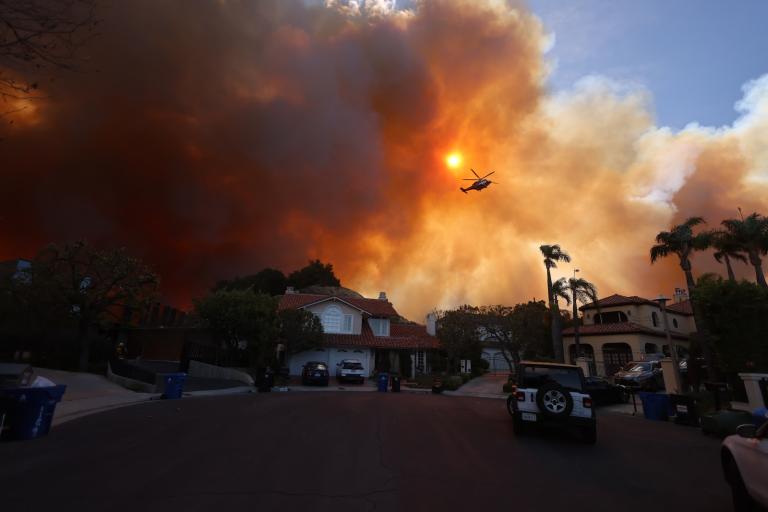Global warming is destroying Eskimo villages
While debates over the “precautionary principle” and economic tradeoffs take place down in the cozy lower 48, global warming is entirely less abstract to Inupiaq Eskimos on the coast of Alaska. They’re not so much worried about losing jobs as losing, well, their villages. The annual mean air temperature in Alaska has risen 4 to 5 degrees Fahrenheit in the last 30 years, the warm season now starts earlier and finishes later, and Arctic Ocean ice has shrunk 5 to 10 percent, making ice fishing more difficult, among other problems. In spots, the coastline is disappearing — some villages have lost up to 300 feet. Many villages are facing the ultimate decision: “Is it practical to stand and fight our Mother Ocean? Or do we surrender and move?” asks Edith Vorderstrasse, mayor of Barrow, Alaska. A U.S. Army Corps of Engineers study estimated that relocating one small village of 380 people, Kivalina, would cost $100 million to $400 million — at the top end, more than $1 million a head. If that sounds forbidding, ponder for a moment the cost of relocating, say, San Francisco.

